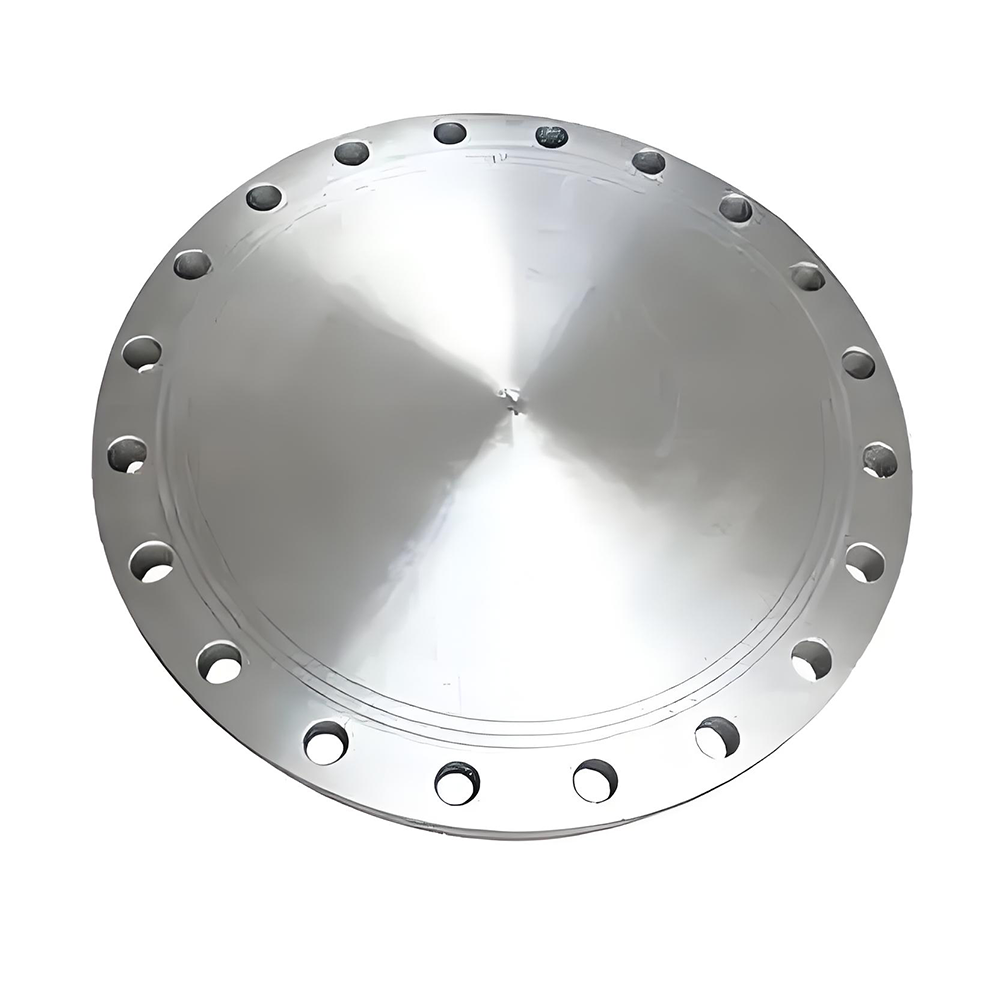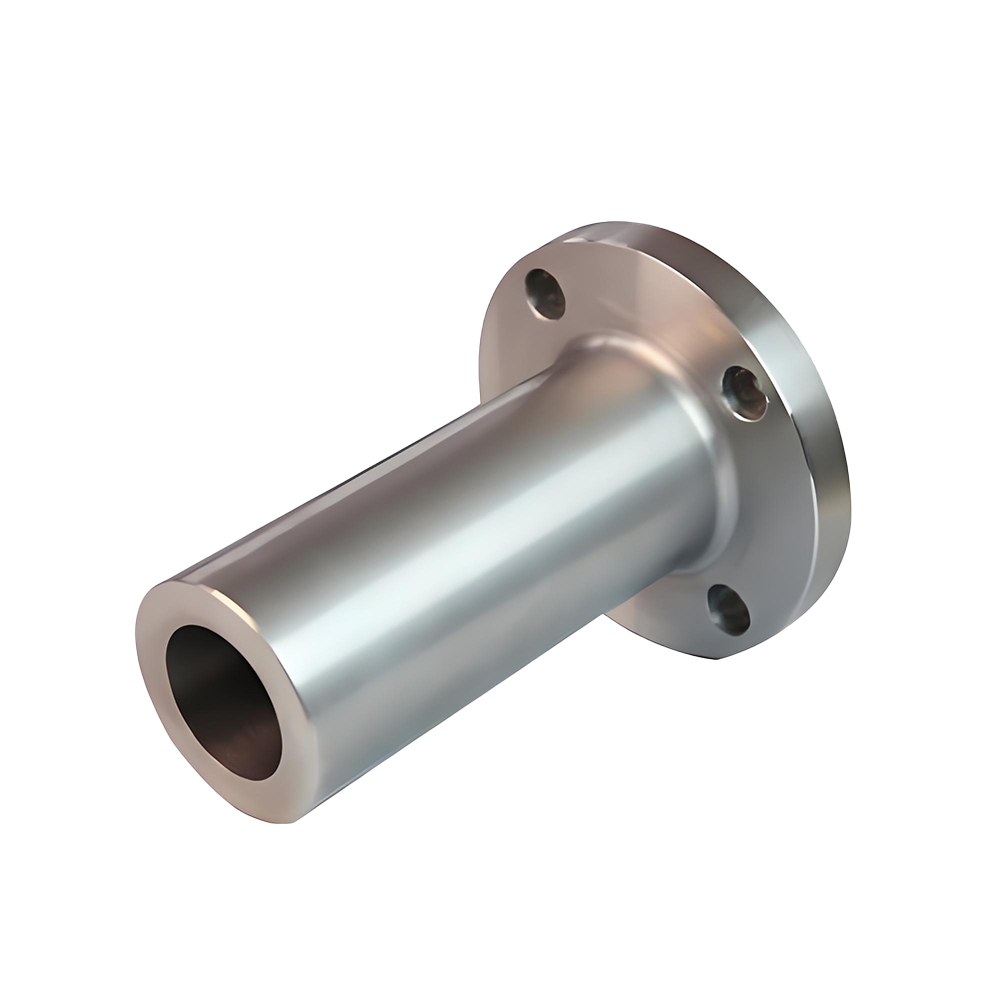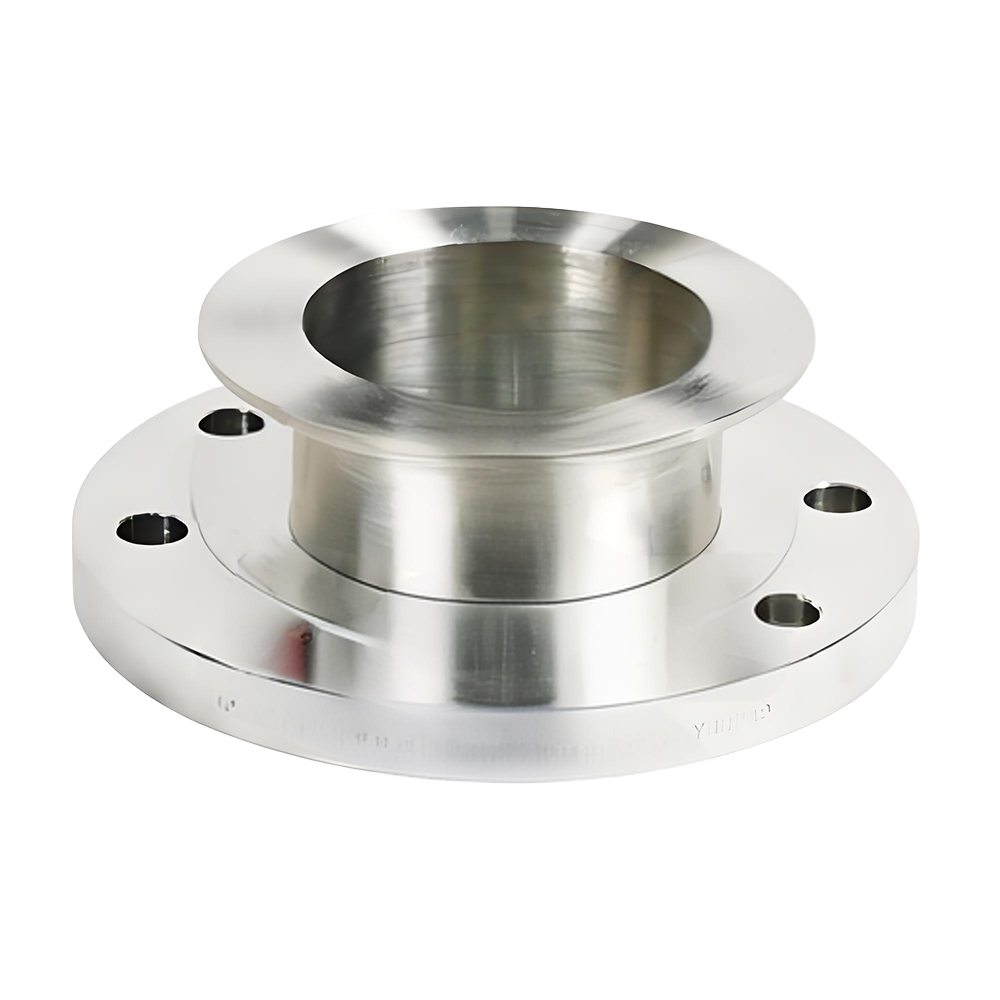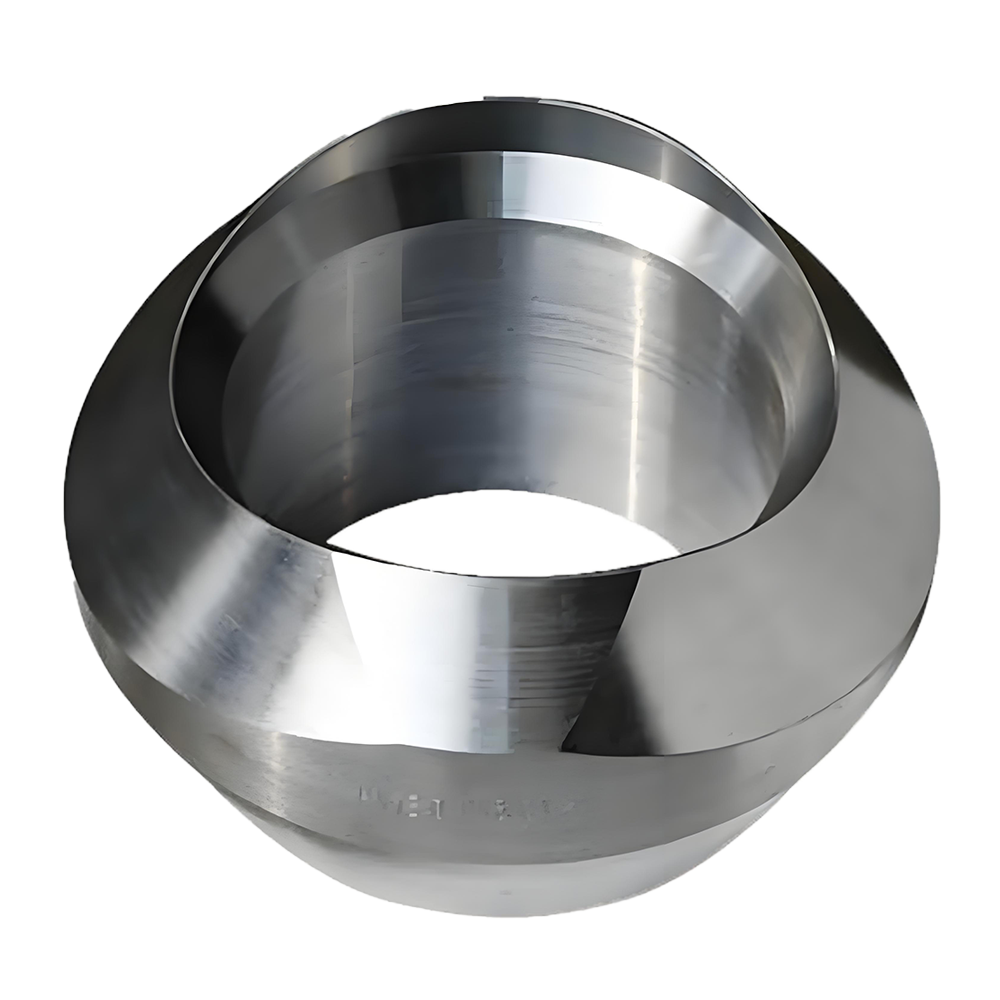Online
Blind flange
"Blind flange" is a type of flange commonly used in pipe connections, usually used to close the end of the pipe to prevent fluid or gas leakage. It is used in many industries, such as oil, gas, chemical, power and other fields. (Customized processing is supported)
Phone
+86 13593248140
sxdxsxdz@163.com
WhatsApp / WeChat
+8618434680870
Product Recommendation
1. Main features of blind flanges:
Closing function: The main function of blind flanges is to close the open end of the pipeline or equipment to prevent liquid or gas leakage and play an isolation role.
Structure: Blind flanges are usually a circular disc-shaped structure with no hole or a closed hole in the center. Its appearance is similar to that of ordinary flanges, but the middle is a completely closed surface.
Material: Common materials for blind flanges include stainless steel, carbon steel, alloy steel, cast steel, etc. The specific selection depends on the application environment and pipeline media.
Size: Blind flanges come in a variety of sizes, usually selected according to the diameter, pressure level and use environment of the pipeline. Standard sizes can refer to ANSI, DIN, JIS and other standards.
Installation method: Blind flanges are usually fixed with bolts and need to match the pipeline port during installation.
2. Application:
Close the end of the pipeline: Blind flanges are widely used for maintenance, inspection or temporary shutdown of pipeline systems.
Equipment maintenance: When the equipment needs to be shut down or overhauled, blind flanges can effectively block the flow of fluid or gas.
Safety assurance: Blind flanges can ensure the safety of the system while preventing dangerous gas leaks or liquid flows.
3. Technical parameters
| Material | Carbon steel, stainless steel, alloy steel, cast steel, etc. |
| Specification range | DN15 (1/2") to DN3000 (120") and other customized sizes |
| Temperature range | -50°C ~ 600°C (depending on material and pressure rating). |
| standard | Conforms to GB, ANSI, DIN, JIS and other standards. |
4. Types of blind flanges:
Full blind flange: This flange is completely closed and has no hole in the center. It is suitable for occasions that require complete sealing.
Through-hole blind flange: This flange has a small hole in the center, which can be used for temporary flow or further connection as needed.
5. Specifications of blind flanges:
Standards: Common blind flange standards include: ANSI B16.5, DIN 2573, JIS B2220, etc.
Size: The diameter of the blind flange can range from as small as tens of millimeters to as large as several meters. Common sizes are DN15-DN600 (or 1/2"-24").
6. Advantages of blind flanges:
Easy to install and remove: The design of the blind flange makes it easy to install and remove quickly, especially during inspection or maintenance.
Diversity: Blind flanges of different materials and pressure levels can be selected according to the needs of different pipeline systems.
Prevent leakage: Blind flanges can effectively prevent fluid leakage and ensure the sealing and safety of the system.
7. Common application scenarios of blind flanges:
Maintenance and repair of pipeline systems: Use blind flanges to close pipelines when pipelines fail or need to be temporarily shut down.
Heat exchange equipment: For example, blind flanges are used when heat exchangers are overhauled or shut down.
Liquid and gas delivery systems: Blind flanges are used to close at the end or in the middle of liquid and gas delivery pipelines.
8. Installation steps of blind flanges:
Align the blind flange with the pipeline port and ensure that the sealing surfaces of the flange and the pipeline are clean and free of debris.
Install the bolts and tighten them one by one according to the specified torque to ensure that the flange seals well.
Perform a pressure test after installation to ensure that there is no leakage.
In short, blind flanges are an important connection element for closing pipeline ports. They have simple and effective sealing functions and are widely used in the maintenance and management of various pipeline systems.
9. Summary
Blind flanges are an important pipeline closing element and are widely used in various industrial pipeline systems. Its excellent sealing performance, reliable strength and diverse material selection ensure its stability and safety under different working conditions, making it an ideal choice for ensuring efficient and safe operation of pipeline systems.
Production Process
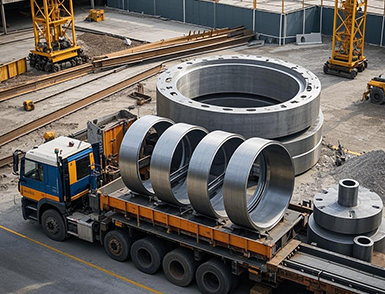
Raw Material Arrival

Raw Material Cutting

Raw Material Heating / Forging

Heat Treatment

Machining

Inspection







